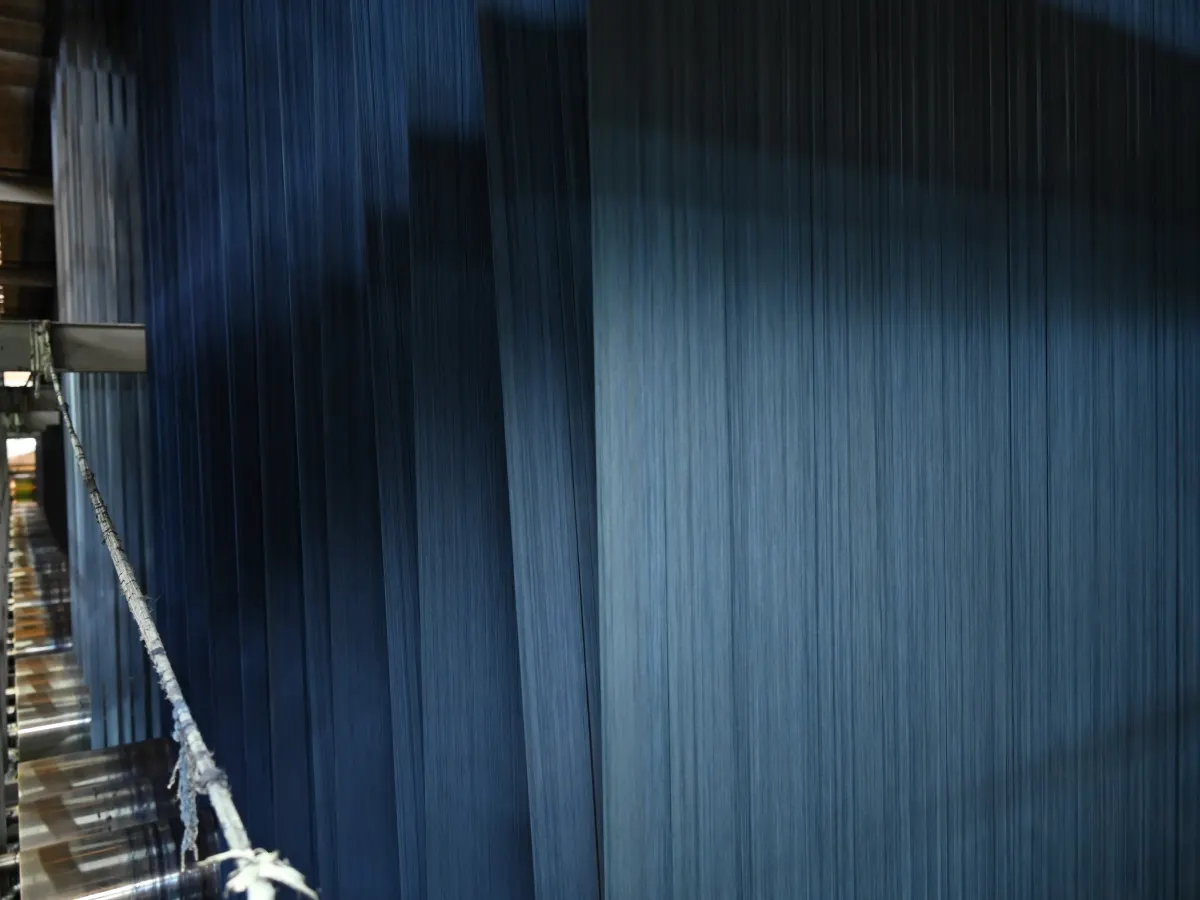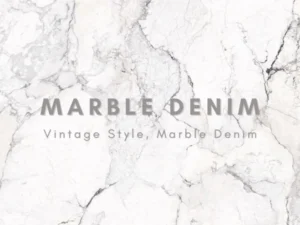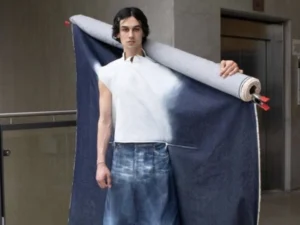Denim is a fabric that can mix and match with any style and now has become an essential part of every man and woman in society. Its basic feature of being durable, comfortable, and easy to wear is popular in any era, that’s the reason why denim has been around for over 150 years and is still popular today. Nothing much changed for the denim fabric over the years, except for the color. The blue color of denim has become synonymous with the fabric.
In this article, we explore the history and science behind this denim blue.
Denim Definition
Denim is a cotton twill fabric that is strong and has a distinct twill pattern. Mostly it is used to make jeans, jackets, and other clothing. Denim was originally called “serge de Nîmes”, named after the French city where it first became popular. The fabric was later shortened to “denim,” a name that has stuck to this day.
- The Importance of Denim in Fashion and Culture
Denim has been a fashion staple since the early 1900s. Because of its durability, it was originally the uniform of miners and ranchers. However, denim soon became a symbol of rebellion and youth culture of the 1950s and 1960s. With the help of Hollywood, denim quickly hit the big screen and became a fashion statement for many. Denim is worn by people of all ages, genders, and backgrounds these days.
The blue color of denim is unique, it is what distinguishes denim from other fabrics. Have you ever wondered why denim is always blue? This article will explore the history and science behind denim blue.
- Cowboy history
French original denim can be traced back to the 16th century. This fabric was originally used to make tents, canvas, and work clothes. However, it wasn’t gain popular appeal at the beginning until the 19th century. The fabric was used to make durable work clothes, including jeans, for miners and ranchers. Denim started to become popular in the United States. By the middle 20th century it had become a general fashion trend.
Dyeing Science
Dyeing fabric is the process of adding color to textiles. Dyeing can be achieved using different methods including dip dyeing, tie-dyeing, and screen printing. Dyeing can be done using natural or synthetic methods. For denim, the dye of choice is indigo this is also the reason why denim is blue.
- The chemical process of indigo dyeing
Indigo is a natural color dye that is extracted from the leaves of the indigo plant. The chemical process of indigo dyeing involves reducing the indigo molecule so that it is soluble in water. This process is achieved using reducing agents such as sodium dithionite or thiourea dioxide. The fabric is then dipped into a vat of indigo, which is a mixture of reduced indigo, alkali, and water. Exposed to oxygen, which oxidizes the indigo, causing the color to adhere to the fibers of the fabric.
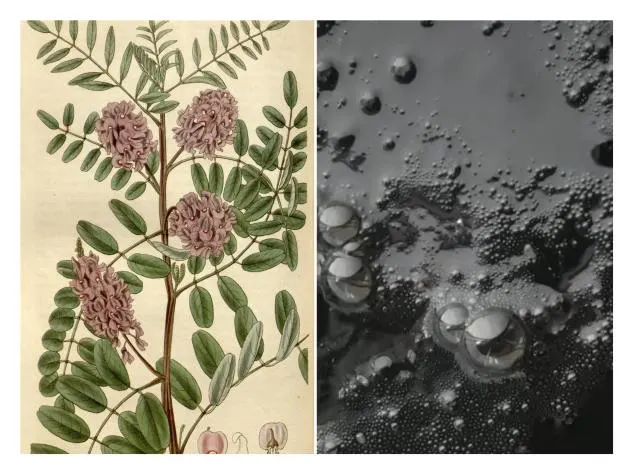
- Using Natural and Synthetic Indigo
Indigo can be obtained naturally or synthetically. To understand what natural and synthetic indigo dyeing means, let’s take a closer look at two renowned fashion brands that use these dyeing methods in their denim products.
Levi’s is a pioneering denim brand founded in 1853, known for its classic blue jeans made from synthetic indigo-dyed cotton denim. This is because synthetic indigo is low-cost and more obtainable than natural indigo, making it a cost-effective option for brands who are working on mass production of denim products.
In contrast, the sustainable fashion brand Eileen Fisher is known for using natural indigo dye in its denim. They use a traditional Japanese method called ‘shibori’ to create unique patterns on denim using natural indigo dye. Eileen Fisher places a high value on ethical practices and environmental sustainability through the use of organic and recycled materials, minimizing waste, and promoting fair labor practices.
There are practical factors to consider when choosing between natural and synthetic indigo dyeing methods for denim production. While synthetic indigo is less expensive and more commonly used in large-scale denim manufacturing, the use of natural indigo contributes to sustainable and ethical practices in the fashion industry. Ultimately, the fashion industry and consumers need to consider the social and environmental impact of the denim products they produce and buy.
What Is Indigo?
Indigo has cultural and spiritual significance in various cultures. In ancient India, indigo was used as a textile dye and believed to have purifying properties. And considered a sacred color and is used to dye clothing worn by the elite. In Japan, indigo was used to dye clothing worn by samurai warriors and became a status symbol. Indigo is also used in art and literature to symbolize calmness, wisdom, and inspiration.
Indigo was also a staple commodity in the transatlantic slave trade. European powers established indigo plantations in the Americas, especially in the Caribbean and South Carolina. It was a harsh and exploitative industry and enslaved Africans endured brutal working conditions and physical violence.
The indigo trade played an important role in the development of capitalism and the textile industry. Indigo was also one of the mass-produced dyes, and it became an important way to capture wealth and power for the colonial powers of Europe. Today, indigo remains an important part of global fashion and textile production, but people are slowly aware of the ethical and environmental impact of its production.
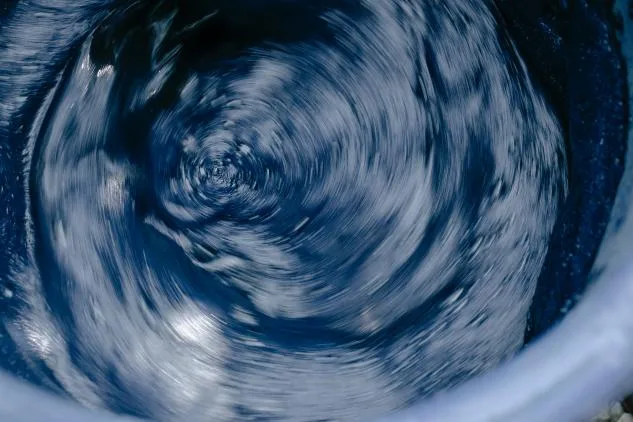
- The Role of Indigo in Art and Fashion
Indigo has been used in art and fashion for centuries. It has been used to dye textiles, create paintings, and even as a hair dye. In fashion, indigo has been used to create a variety of denim styles. The denim color from dark to light is due to the different dyeing times of the fabrics and also different washing methods used.
- The Modernization of Denim
Denim has come a long way from its early days as workwear for miners and ranchers. Today, denim fabric can be used to make any kind of clothing for example skirt, dresses, jackets, and pants. Denim has also evolved to include different styles, washes, and colors.
- Evolution of Denim Styles and Trends
Denim has gone through various style changes and trends over the years. The skinny jeans of the 2000s gave way to the flared pants of the 70s. Today, there are a variety of styles to choose from, including boot cut, straight and boyfriend jeans.
- Using Alternative Dyes in Denim Production
As consumers become more environmentally conscious, alternative dyeing methods are gaining popularity. Natural dyes, such as plant-based dyes such as madder and turmeric, are being used to create denim that benefits sustainability and the environment.
- The Influence of Fashion on Denim Culture
Fashion has played an important role in the evolution of denim culture. Denim has transformed from work wear to fashion statement, becoming a symbol of youth, rebellion, and individuality. Today, denim is a fabric that can make any kind of fashionable item and can be wear match with any style from casual to formal.
Conclusion
The blue color of denim is unique because the dye used to dye the fabric is indigo. Indigo has cultural and spiritual significance in various cultures. For centuries, denim blue has been used in art, fashion, and literature. Today, denim remains popular in fashion and culture and has grown to include different styles and washes. Denim has come a long way from its beginnings as work wear and is now a wardrobe staple for many.
That will be all for today’s denim knowledge adventure with Zeva Denim. We are a professional denim fabric manufacturer in China. Welcome to visit our official website to know more.
And if you like this article, please share it with your friends. Thanks for reading!

